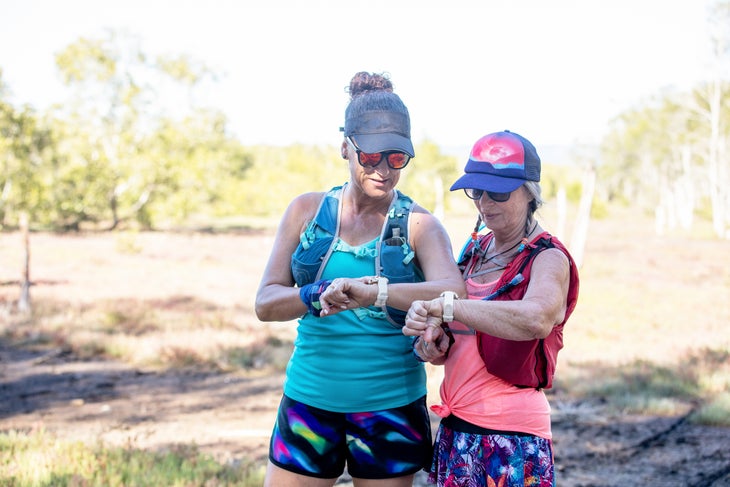New perk! Get after it with local recommendations just for you. Discover nearby events, routes out your door, and hidden gems when you sign up for the Local Running Drop.
In pediatric medicine, there’s a saying: “children are not just small adults.” Similarly, in training, athletes over 65 are not just 20-somethings with a bit more back pain. At 65, the body responds to training entirely differently.
There are two primary things to think about when training over 65. First, injury risk is higher. Muscles, tendons and bones go through a process of weakening over time. Training can reduce the losses, but it can’t reverse them entirely. Second, aerobic capacity and maximum power output trend downward. Studies indicate that process starts as early as 25 or 30 years old, but picks up later on. The only things that are certain in life are death, taxes and a reduction in VO2 max with age.
RELATED: Train to Run Faster As You Age
When training over 65, you are fighting a trendline. While reductions are inevitable, that doesn’t mean you can’t improve relative to a past year.
There is no set training methodology that works for everyone, but a few things are usually present across training plans of successful 65-plus athletes. First, they don’t just run. Cross-training options can include biking, stairmill, elliptical, rowing machine or anything else that reduces weight-bearing load. Additionally, weight lifting can counteract strength losses.

RELATED: Cross-Training Can Make Some Athletes Stronger And Faster
Second is a leaky-bucket problem. If a bucket has 100 ounces of water and loses an ounce a year, you could imagine two options: patch the hole, or add more water. With aging, you can’t patch the hole and reverse aging entirely. So add more water! That means some higher-intensity training that works on VO2 max and max-power output.
Third, their easy days are truly easy. Gray-area training is when you’re not going hard, and not going easy. When you have more gray hairs, gray-area training is more counterproductive because it increases injury risk and fatigue without significant fitness improvements.
A template to start from could be this general plan used by some star 65-plus runners I have coached:
Monday: Easy hike.
Tuesday: Hills, 3 mins or less / weights.
Wednesday: Cross train.
Thursday: Easy run / short hill strides, 20 to 30 seconds for max power output.
Friday: Cross train easy.
Saturday: Long trail run / option to include moderate tempo sections.
Sunday: Easy run plus short hill strides or cross train / weights.
RELATED: Tips From Liza Howard On Dialing In Training With Age
David Roche partners with runners of all abilities through his coaching service, Some Work, All Play. With Megan Roche, M.D., he hosts the Some Work, All Play podcast on running (and other things), and they wrote a book called The Happy Runner.
